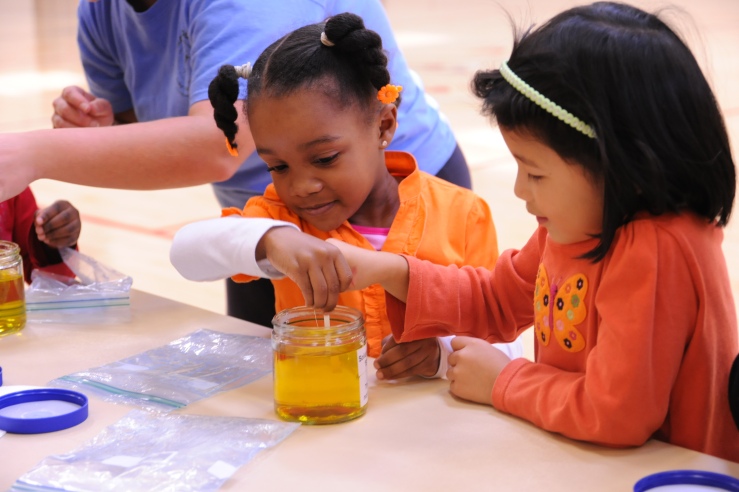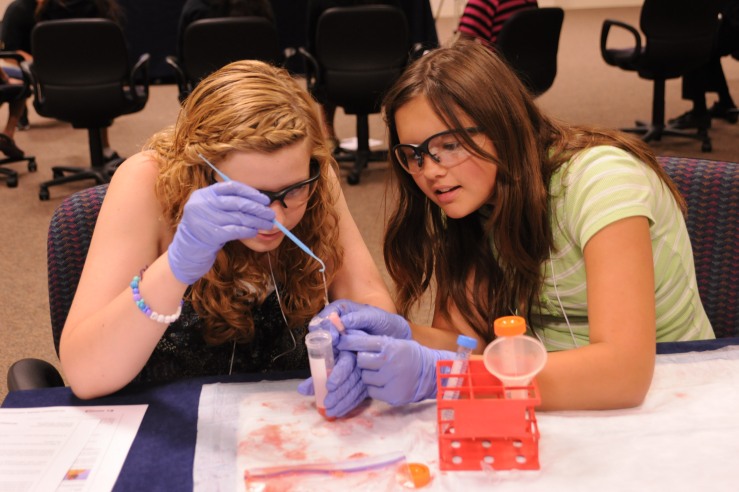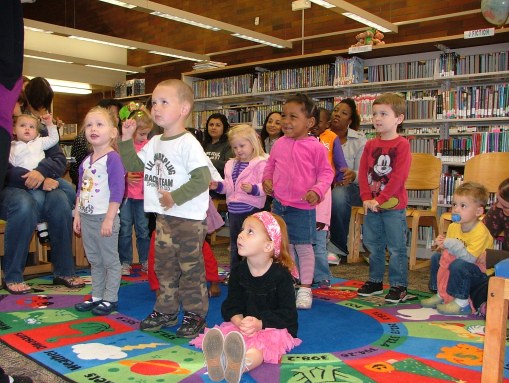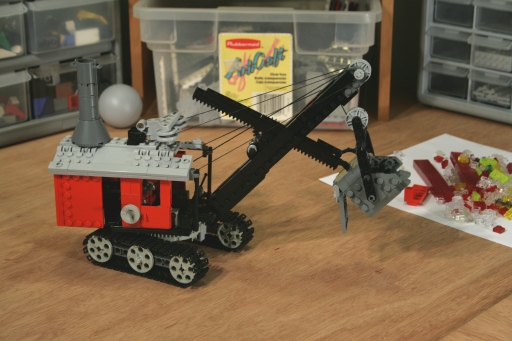We have all heard of STEM (Science, Technology, Engineering, and Math), right?


But have you heard about the “A” that is missing?
The “A” stands for arts.

I have the privilege of working at a library system that is very well known for their STEAM programs. So much that it made me want to start a series of blog posts about the importance of STEAM and feature interviews with those in the field incorporating STEAM.
So first…
What are some examples of STEAM?
STEAM concepts can be applied to many existing programs that libraries provide. Including:
- Science storytimes
- Read a story and relate STEAM concepts to it with activities. Sometimes, just changing the way you ask questions can make a storytime STEAM. Use words like “hypothesis” or “observation” makes science not so scary. It becomes more natural and comfortable. For preschoolers, you can read a book that has to do with bears and then have a discussion about hibernation.

- Hosting building events
- Lego nights
- Video game making/playing
- Robot kits
- The science of art

STEAM is more than just crafts that are traditionally used to end storytimes. STEAM is about activating the creativity in young minds and sparking their curiosity.
So…
Why promote STEAM in libraries?
Continue reading “Full STEAM ahead! An Introduction to a New Blog Series”